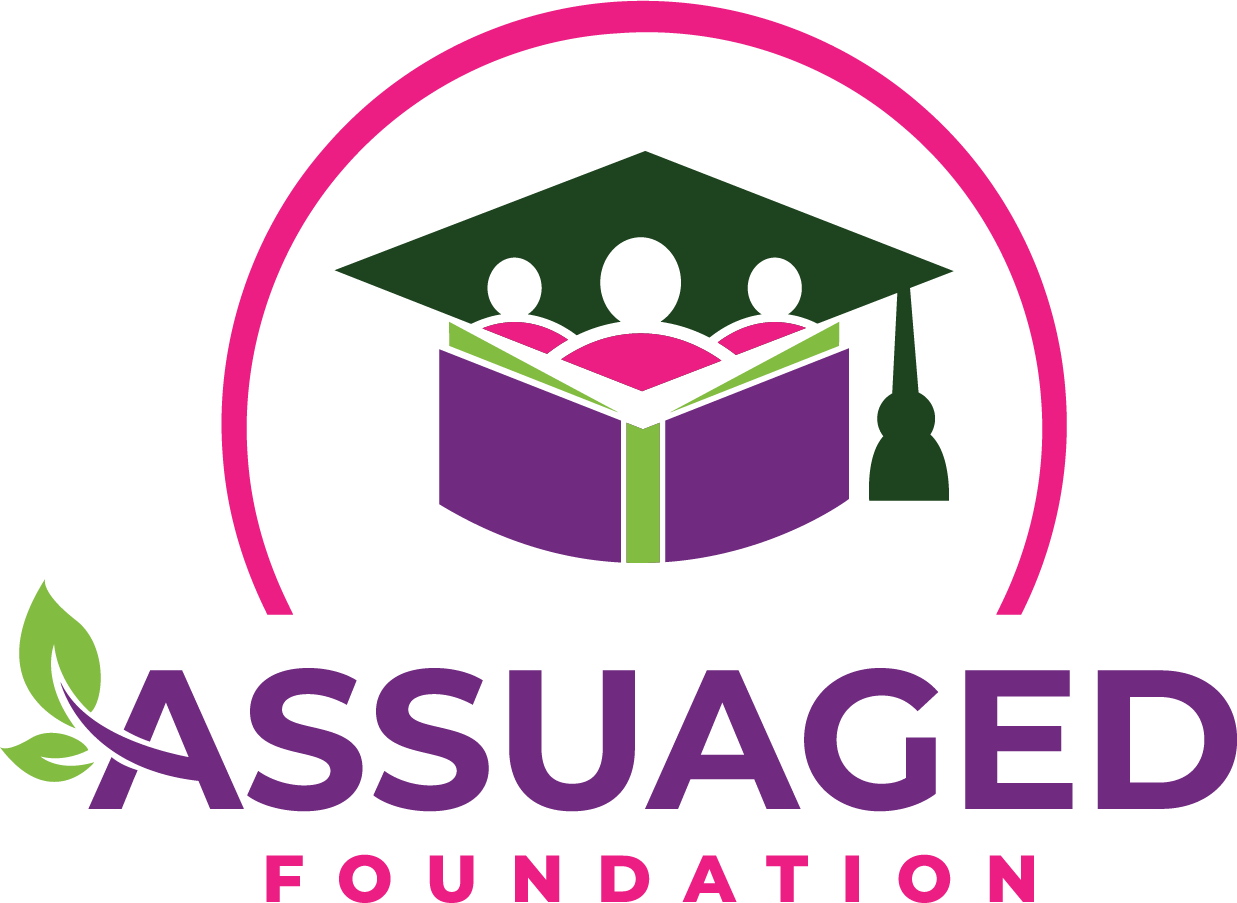Ageism is common in healthcare, many older adults are left without loving caregivers. Unfortunately, there are many elders left alone in the cold and without warmth.
This can be a risk for death in isolated and rural communities; many are also designated as food deserts. These food desert regions exist in the USA, where residents lack adequate transportation and access to healthy foods.
Alzheimer’s Disease (ADRD) is a debilitating disability associated with Dementia. It is a widespread condition running rampant throughout today’s modern society.
ADRD consists of diminished brain functioning capabilities such as memory retainment and interruption of thought processes.
These conditions cause physical and mental defects that require intensive ongoing health care and long-term support.
Caregivers and nursing homes are necessary to help these types of patients manage their declining health. There are approximately 5 million people affected with ADRD.
Roughly 40 percent of diagnosed populations belong to the elderly class over the age of 85. There is an estimation that 13.2 million older adult Americans will suffer from ADRD by the year 2050.

The U.S. Department of Health and Human Services (HHS) is proactively working to combat ADRD by identifying preventative methods and addressing the obstacles faced by people suffering from ADRD and their caregivers.
The National Institute on Aging directs the National Institute of Health’s research efforts as to the clinical, social, and behavioral elements associated with older adults and ADRD.
Many causes of these conditions are caused by a lack of proper nutrition and particularly harmful foods that contain aluminum.
White bread products, foil, and body deodorants are commonly loaded with toxic contaminants, including aluminum.

According to a notable study, immediate steps should be taken in efforts to lessen human exposure to aluminum, which may be the most contributing and avoidable factor related to Alzheimer’s Disease.
The CDC is advancing educational efforts through the Healthy Brain initiative, which includes assistance with monitoring the public health burden of ADRD.
The Administration on Aging Alzheimer’s Disease Supportive Services Program is actively helping to address ADRD by creating responsible, sustainable, and integrated delivery systems to help assist affected populations and their caregivers.
- The goals of these programs aim to provide preventative measures and treatment by 2025;
- Elevate the quality of care and effectiveness for the old and unhealthy;
- Increase support for populations suffering from ADRD including their family members and caregivers;
- Enhance public health awareness and stimulate engagement; and
- Monitor and track progress driving progress by determining early ADRD onset in efforts to minimize and delay symptoms.
References
CDC. (2019). Alzheimer’s Disease. Retrieved from https://www.cdc.gov/publichealthgateway/strategy/index.html
ASPE. (2019). National Plans To Address Alzheimer’s Disease (NAPA). Retrieved from https://aspe.hhs.gov/national-plans-address-alzheimers-disease
ASPE. (2019). What Is Alzheimer’s Disease And Related Dementias. Retrieved from https://aspe.hhs.gov/what-alzheimers-disease-and-related-dementias
Tomljenovic, L. (2011). Aluminum and Alzheimer’s Disease: After a Century of Controversy, Is there a Plausible Link? Journal of Alzheimer’s Disease, 23(4), 567–598. doi: 10.3233/jad-2010-101494
Healthy People. (2019). Older Adults. Retrieved from https://www.healthypeople.gov/2020/topics-objectives/topic/older-adults.
Murphy, C. (2019). Unit 7 Written DB Assignment. Unpublished manuscript, Purdue University.
Picture Credits: Pixabay Sornram Srithong Unsplash Stephen Lustig and Cristian Newman















